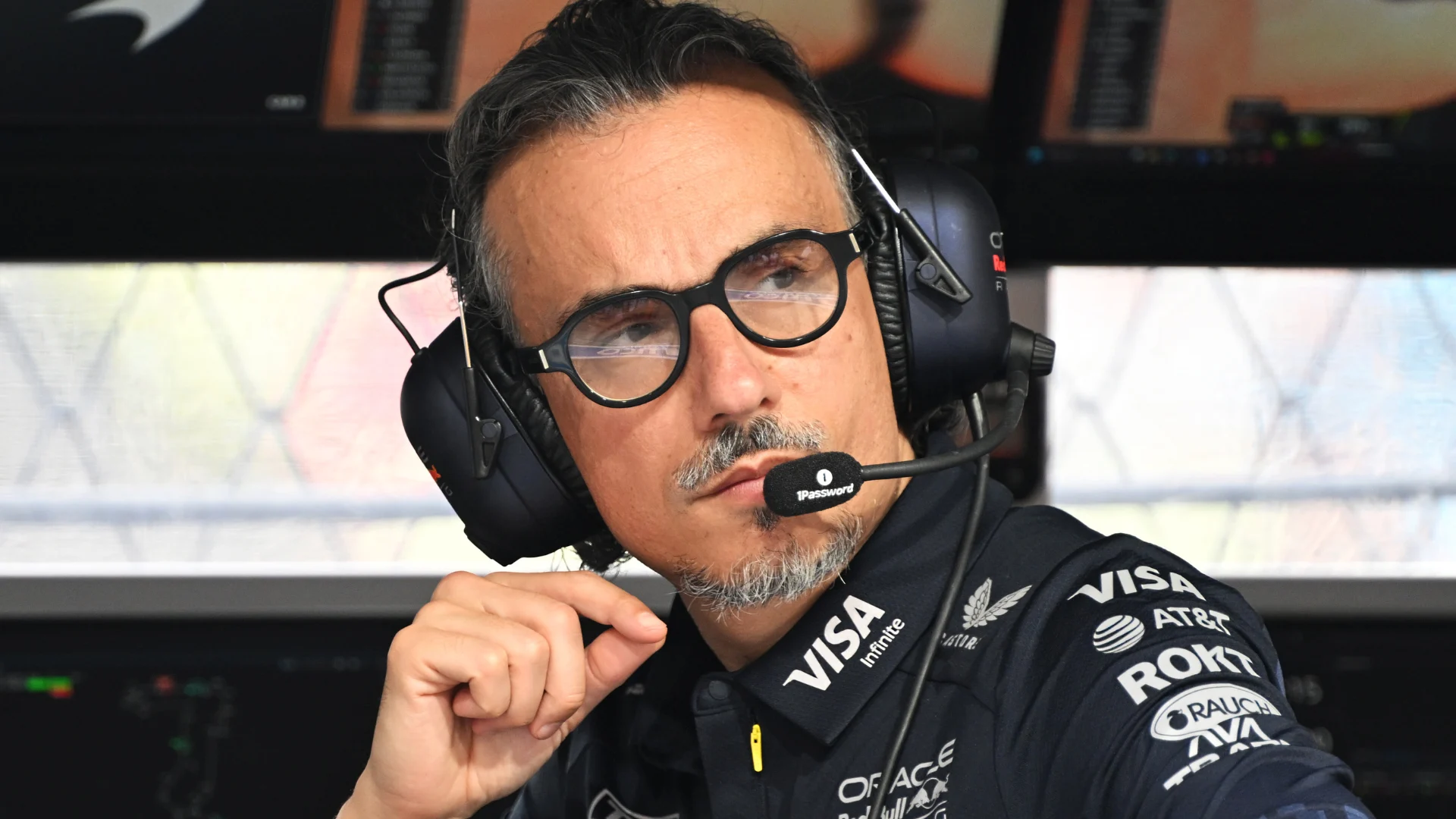Red Bull Team Principal Laurent Mekies admits that “being able to fight for the win” during the Singapore Grand Prix “means a lot” after Max Verstappen finished second in Sunday’s race.
The four-time and reigning World Champion entered the race…

Red Bull Team Principal Laurent Mekies admits that “being able to fight for the win” during the Singapore Grand Prix “means a lot” after Max Verstappen finished second in Sunday’s race.
The four-time and reigning World Champion entered the race…

The Royal Swedish Academy of Sciences has awarded the 2025 Nobel Prize in chemistry to Susumu Kitagawa, Richard Robson and Omar M Yaghi for their work in the development of metal organic frameworks (MOF).
The three scientists, who won the award on…


In a positive development for kite-flying enthusiasts, the Punjab government is considering the revival of a controlled and safe Basant festival in selected areas during the upcoming spring celebrations.
A consultative meeting chaired by the…

The Indian badminton team marched into the quarter-finals of the BWF World Junior Mixed Team Championships 2025 with a confident 45-37, 45-34 win against the UAE in their third and last Group H clash in Guwahati on Wednesday.
Seeded second, the…
You don’t have permission to access “http://sports.ndtv.com/cricket/afghanistan-vs-bangladesh-1st-odi-live-streaming-afg-vs-ban-live-telecast-when-and-where-to-watch-9418542” on this server.
Reference…

The Women’s Indian Open 2025 golf tournament will tee off at the DLF Golf and Country Club in Gurugram, Haryana, on Thursday.
Live streaming of the Ladies European Tour (LET) golf competition will be available in India.
The 17th edition of…

AMMAN: Jordan’s State Security Court on Wednesday handed down prison sentences to several…